Village Idiot
No longer a newbie, moving up!
- Joined
- Mar 20, 2008
- Messages
- 7,269
- Reaction score
- 406
- Location
- Shepherdsturd, WV / Almost, MD
- Can others edit my Photos
- Photos NOT OK to edit
Current price for the 70-200 f/2.8 Image Stabilizer lens is $1,949 from Adorama, with I think it's a 3 year warranty. The Nikon 70-200 f/2.8 Vibration Reduction lens is $1,929 from Adorama, with Nikon's 5 year warranty. One wants to compare like with like,and the addition of VR or IS is actually quite helpful under many conditions. When using the newer, high-megapixel cameras like the Nikon D3x, expert photographers have noted that camera support becomes critical,and that degraded results can be noticed at shutter speeds like 1/200 second using a tele-zoom, but that VR can overcome the effects of camera shake.
VR or IS is helpful at getting better panning images,and is helpful in the wind, or when you are slightly out of breath, or when shooting pictures when you happen to be excited, with heart pounding,etc. VR makes for sharper images across a whole spectrum of shooting scenarios,and can accomplish what a tripod cannot do, or when a tripod cannot be used.
Comparing the 70-200 L-IS versus the 70-200VR has already been done at dPreview,and it has been done by me. I own both lenses,and the Nikon is the clear handling and ergonomics winner--more slender barrel, smoother zoom and focusing action, an auto-switching model 1 and mode 2 VR detection system,and AF lock buttons on the 70-200VR all make it the better-handling 70-200mm zoom. But then of course, it's also a newer optical and mechanical design than Canon's,and Nikon had ample time to look at Canon's design in order to better it in several key areas. The Nikon is also clearly the better APS-C lens, the Canon is the better lens on Full Frame.Canon EF 70-200mm F2.8 L IS USM Lens Review: 6. Conclusion & samples: Digital Photography Review
The "new" Nikkor, re-computed for Full Frame, is not even on the market yet, but as with the other "new" Nikkor zooms like 14-24 and 24-70,will probably be the leader among all maker's 70-200's, as shown by the MTF graphs Nikon has up at their website....the new lens will have superb bokeh,and amazing contrast, resolution, and stop-to-stop consistency.
It's always easy to create a bogus value comparison by looking at the price of the non-IS Canon lens at $1249, but that lens has no stabilizer system. One could also look at the 80-200 ED Nikkor zoom at $1,099 from Adorama for comparable optics, but no VR. VR and IS are simply incredible benefits in a lens,and that is why the stabilized Canon and Nikon models are within $20 of one another at reputable USA dealers like Adorama.com. As MP counts go up past the 20MP mark, stabilizing the camera becomes more and more critical to getting truly sharp images,and a lens like the above has a 10-15 year lifespan.
Lens prices went up. With certain Canon rebates, which they were doing on a regular basis, you could get a new 70-200 f/2.8L IS for about $1400-$1500, iirc. New was selling for $around $1600. I bought a new one for a little over $1500 and a used one for about $1300.


 I just bought the non IS for $1349. The IS was $1899 which I couldnt stomach paying for. I'm still learning to use it but so far, havent gotten into a situation (even in low-light at a dance recital) where I was like "man I wish I had gotten the IS."
I just bought the non IS for $1349. The IS was $1899 which I couldnt stomach paying for. I'm still learning to use it but so far, havent gotten into a situation (even in low-light at a dance recital) where I was like "man I wish I had gotten the IS." 

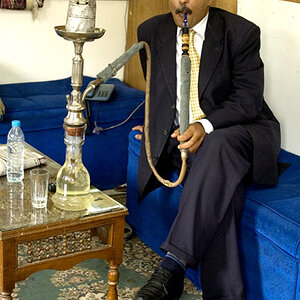
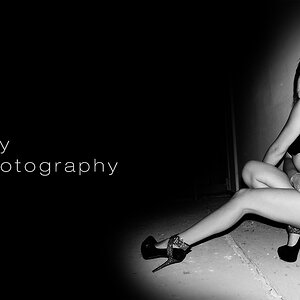

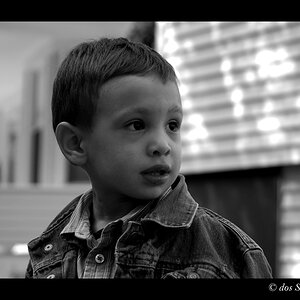
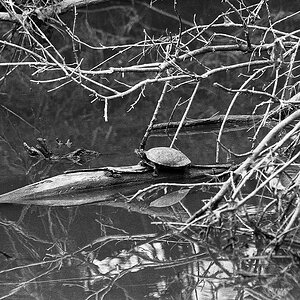
![[No title]](/data/xfmg/thumbnail/39/39511-592cbd68b1d797ffce7e41e4fbfed890.jpg?1619739066)
![[No title]](/data/xfmg/thumbnail/41/41781-7dcfd2ee71d4a453b4ad9fb5c7e723f1.jpg?1619739890)
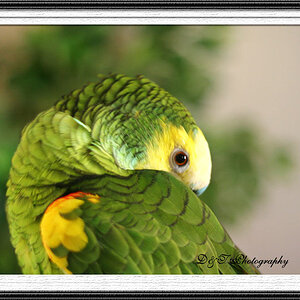
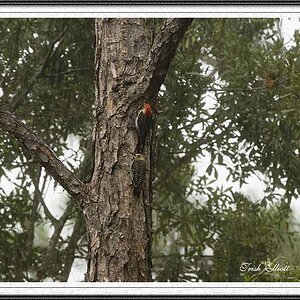
![[No title]](/data/xfmg/thumbnail/38/38737-350089c7ae87f5c983c5362b9b78b671.jpg?1619738703)